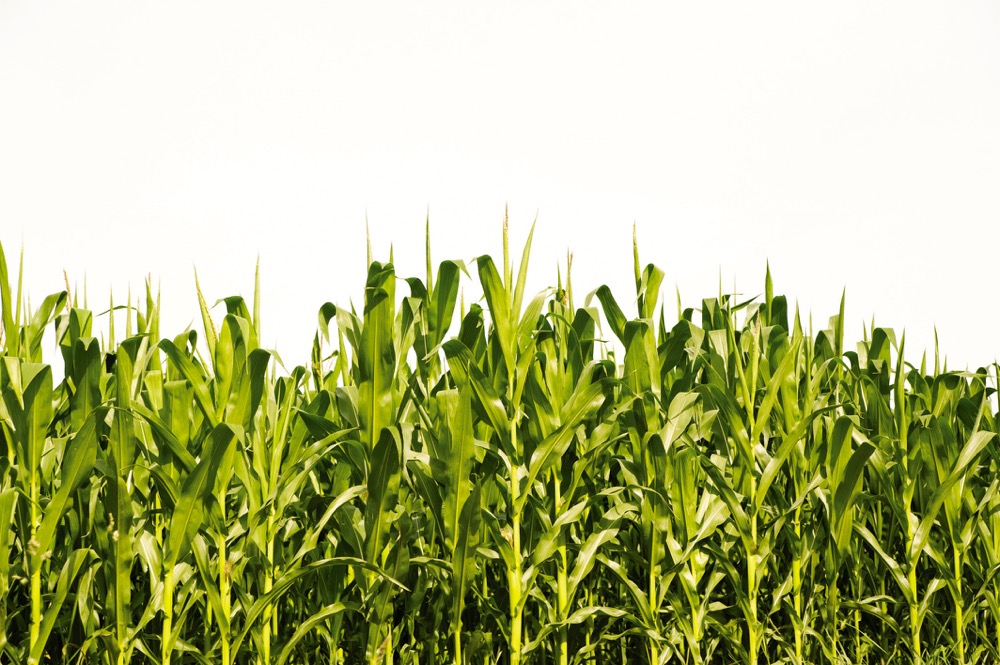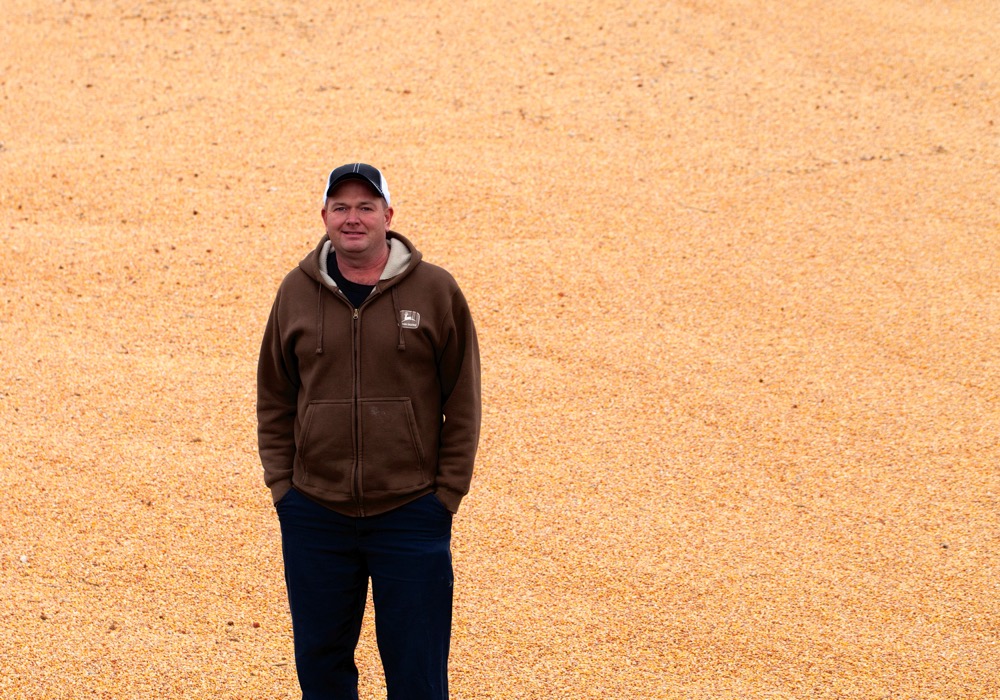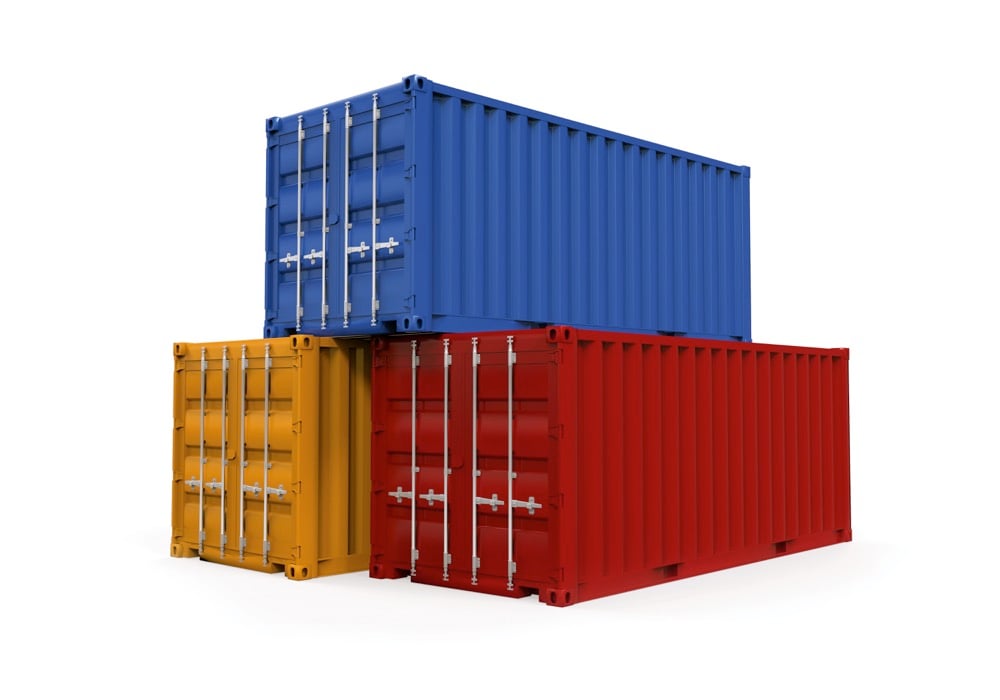It felt like it was going to be different this time. In 2008, when the bull run in grain prices really kicked off, that was the sense that swept through the grain industry. Finally, the world was going to have to ante up and pay farmers a fair price for their products. And keep paying it.
The fundamentals seemed rock solid. Growing demand from emerging economies like China and India was combining with biofuel programs that saw almost half of the U.S. corn crop diverted into ethanol production.
Read Also

Producers aren’t panicking over tariffs and trade threats
The influence of tariff and trade uncertainity on farm business decisions.
It all came together to push grain prices in a near-vertical trajectory, aided by a series of drought and production problems in major grain-growing regions. In recent months, however, the bears have roared back, leaving us with a crucial question. How much damage has Canada done to its competitiveness by letting its cost of production swell in order to chase grain prices that are no longer here?
As always, the answer varies widely from farm to farm. But the worry is growing.
Land is more costly, including cash rents. Inputs are pricier too, and most farms are carrying more equipment inventory. Often MUCH more equipment inventory.
Suddenly, the wiggle room is evaporating, and we may be heading back into the old paradigm of tight margins on low-cost farms, and negative margins on many others.
- From the Manitoba Co-operator: Restless farmers and the Prairie grain business
Just outside Winnipeg, near the community of Starbuck, farmer Chuck Fossay knows all too well the reality he and other growers now face. He says the pencilling is tougher but the challenges are familiar, and he’s not particularly surprised at the way things have gone.
“Grain markets and prices are cyclical,” Fossay says. “We’re now entering a down period of that cycle.”
On the other side of the Prairies, Alberta Agriculture and Rural Development (AARD) farm economist and management specialist Dale Kaliel echoes that sentiment.
“It’s Economics 101,” Kaliel says. “Over time, the price of commodities falls.”
That’s not to say prices in actual dollars are always on the decline, but rather that in real, inflation-adjusted terms, commodity prices trend downward over time, with occasional upward blips that last until supply and demand are again reconciled.
This is a reality that hits farmers across the country and around the globe. In southern Ontario Mark Brock, who grows cash crops and raises sheep near the village of Staffa, an hour north of London, reports exactly the same kind of tougher math, both on his family’s operation and all around him.
Brock says, if anything, the trend might even be a bit more pronounced in Ontario, since growers there grow the same rotation as vast swaths of the U.S. — corn and soybeans.
“The stars have aligned for U.S. farmers, and they’ve got a good crop coming off,” Brock says. “We’re seeing supply meeting demand and prices coming down.”
That dovetails with what Ontario ag ministry cost-of-production and business specialist John Molenhuis sees. He cites crop prices as the largest, but not only, factor in the looming squeeze.
“Margins are tighter in 2014 than in the past few years,” Molenhuis agrees.
Lower prices, higher costs
There’s another uncomfortable piece of math in play here too, however. That’s the fact that if you could go back to the fall of 2006 and offer those growers today’s market prices, they’d have jumped at them gladly. Back then, corn futures were flatlining around $2.50, compared to today with medium-term contracts $.80 to $1 north of there, and, at press time, longer-term contracts close to $4.
So in an era of low inflation and even lower interest rates, what’s driven this change?
In no small part it’s because the cost structure of farming has risen at roughly the same pace as prices, pulled along by an overall commodity boom.
“It does seem that when farmers make a bit more money, the people who produce the inputs want their share of the pie,” Fossay says.
That’s not necessarily the result of cigar-smoking fat cats colluding in boardrooms, however. Frequently it’s the result of simple supply and demand coming home to roost, exacerbated by the nature of how these farm inputs are made. Nitrogen plants and potash mines aren’t cheap to build, and they tend to come online only when new demand sends CEOs a strong price signal.
Think of the Saskatchewan potash industry, for example. Back in the 1970s, as grain boomed, so did the province’s potash sector, with the addition of new production capacity. During the grain bust of the ’80s, ’90s and aughts, however, that sector didn’t add a lot of new capacity, because there wasn’t any economic signal to do so. Why spend a small mountain of money to commission a mine that would immediately begin losing more money? Then when higher grain prices send a signal to farmers to maximize production, a jump in demand leads to a jump in prices and eventually new mines and plants, the process we’re now seeing play out.
Ontario’s Molenhuis calls nitrogen production another of the complex factors that must be figured into any assessment of this situation. There, he says, a further complicating factor is what happened when natural gas prices peaked a few years ago.
“Nitrogen fertilizer production capacity shut down in the U.S.,” Molenhuis says. “Now most of the nitrogen fertilizer is sourced from offshore, and this has made the North American fertilizer market more susceptible to global supply and demand.”
That means benchmark contracts with players like India and China can now affect fertilizer prices in rural Ontario and Saskatchewan like never before.
The process of rising prices hasn’t been linear either, as any farmer who’s puzzled over when to buy the fertilizer for the coming season can tell you.
“Some individual costs see a lot of fluctuation from year to year,” Monlenhuis says. “Fuel and fertilizer have been the most volatile in the past six to seven years.”
In other areas, farmers have made their own contribution to the rising cost structure. They’ve certainly spent a few dollars on renewing their machinery line, and some observers say that’s led to a situation where farmers might be overcapacity on the equipment side of the ledger.
Bob Tosh works with the accounting firm Meyers Norris Penny at Saskatoon, where he sees a wide variety of farm financials and has a good sense of the macro trends at play throughout the industry. Over the past few years, he’s noted an increase in equipment size and costs and in overall equipment investment per acre.
Tosh says a number of factors are at play, including higher fuel costs and more challenging weather patterns which drive equipment investment, but the bottom line has boiled down to higher depreciation per acre and, counterintuitively, also rising repair bills on the newer and more complex machines.
“This all worked well when canola was $13 a bushel, but now that it’s less than $10 a bushel, it makes things a little tighter on the bottom line,” Tosh told Guide during a recent email exchange.
Then there’s the question of land prices and cash rents, where farmers appear to have bid up the price of both. There’s been a lot of talk of outside investors buying land, but that’s been the headlines, not the majority of the action. Farmers Fossay and Brock say most, if not all, of the land sales in their area have been to local buyers.
“We’ve really seen land prices and cash rents increase a lot over the past few years,” Brock says.
Fossay reported the same in his area, and further noted that despite tighter margins, he’s not expecting them to come down any time soon.
“It takes a single good year to start making rents move upwards, and as much as five bad years before they’ll begin to move down again,” Fossay heard at a recent presentation. “I think we are going to see rents and land prices be a bit sticky.”
Management Time
There’s little doubt a period of belt tightening awaits grain growers across the country. What remains to be seen is exactly what form that takes.
Mark Brock describes a delicate balancing act, where farmers need to find the sweet spot where they’re producing at maximum efficiency and spreading out their fixed costs over as many bushels as possible.
But that won’t necessarily mean squeezing every last possible bushel out of an acre like the past few seasons.
“I think you’ll see that last bit of nitrogen not being applied,” Brock says. “When prices are higher, you can do more things because the reward is there. Say you applied fertilizer in 2012 that you needed three extra bushels to pay for in 2012. In 2015, you’re likely to need seven or eight additional bushels to make it pay.”
Fossay agrees, and says there are a number of ways farmers are likely to tackle this fundamental problem of making the outgo meet the income. Some farmers will actually spend money to make money, he says, seeking to become more efficient and therefore more cost effective.
Others will look hard at marketing and they will shop their grain around more, based on an intimate understanding of their cost of production. Still others will start looking at their rotation and seek new opportunities there.
“We’re seeing more soybeans here in Manitoba, and I expect we’re going to see a lot more,” Fossay says.
The nitrogen-fixing soybeans can save a grower in the neighbourhood of $80 an acre of nitrogen costs over canola, Fossay explains, adding growers in areas not suited to soybeans will likely explore their own options for specialty crops.
“An argument could be made that good times encourage the status quo, while during more challenging times, growers are more willing to experiment and do new things,” Fossay says.
AARD’s Dale Kaliel replies to the question of what farmers could do differently with a question of his own. Where’s your business plan? “From a longer-term perspective, a business plan for your operation should give you better profits and stability.
“The main tenets of good farm management — things like watching your financial ratios and having a plan based on solid budgets and unit production costs — let producers ‘pre-think’ their choices,” Kaliel says. “By doing these things, you will find yourself more disciplined and better able to recognize both opportunities and risks.”
It doesn’t remove the cyclical nature of farm opportunities. But it does make them more definable. “Having a business plan gets you ready to jump on opportunities. It’s easier to make money when times are good. The test of your management is whether or not you can use these good times to get yourself in a financial position to launch when the opportunities that bad times bring present themselves.
“In the end, these are the people I think are going to do the best through this cycle.”
But how long will this cycle last? Fossay knows the effect of millions of farmers around the globe seeking to maximize production and seeking peak efficiency may be to set up a feedback loop of higher production and lower prices.
“If we all go down this road,” Fossay says, “we could be in for a tough few years.”
















